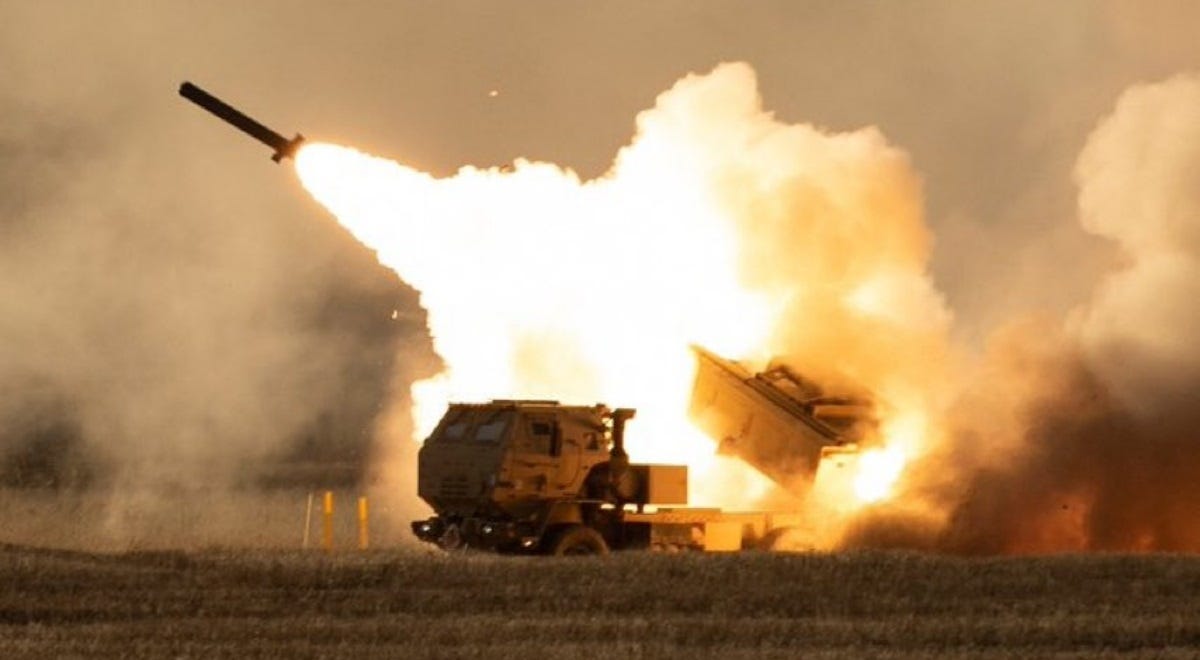There isn’t an easy answer to this question, other than to point out that Ukraine is still standing six months into the war, which is about five months longer than many experts thought it would last when Russia first invaded on February 24 of this year. Remember the months before the war began? All those satellite shots of Russian tanks and troops and armored personnel carriers and supply trucks massed along the borders of Russia and its puppet-state, Belarus? Dire predictions were made that Ukraine’s much, much smaller and less well-equipped army would not be able to hold off what was expected to be a Russian blitzkrieg-style attack, with tens of thousands of Russian troops and thousands of armored vehicles sweeping across the border toward Ukraine’s capitol city, Kyiv, and its industrial center in the northeast, Kharkiv. The war was expected to be over in a matter of weeks.
What happened then? Fizzle. The Russian advance on Kyiv was stalled, long convoys of tanks and other combat vehicles lined roads leading from Belarus toward the capital city as Ukrainian forces attacked them with dismounted squads and platoons of infantry soldiers armed with RPG-7 shoulder-fired grenade launchers and some American-supplied ground-launched Javelin anti-tank missiles.
Much the same happened to Russian forces crossing into Ukraine toward Kharkiv, only 40 miles from the Russian border. Hit hard by the Ukrainian army operating with the same guerilla tactics used against Russian forces sent to take Kyiv, the Russians were driven back across the border into Russian territory to lick their wounds.
Russia re-grouped its military and concentrated its forces on taking the Luhansk region in the east, which is now completely in Russian hands, and capitalizing on its gains in the south, where Russia has taken the port cities of Mariupol and Kherson and connected its holdings in the Donbas region to its forces in Crimea.
Today that’s where the war has largely stalemated, with Ukraine controlling all of the country west of the Dnipro River with the exception of an area from Kherson up to a large lake-like part of the river just south of the city of Zaporizhzhia. Ukrainian President Zelensky has been under steady pressure within his own government to launch a counter-offensive in the south to re-take the areas west of the Dnipro now controlled by Russia, including the port city of Kherson.
Keep reading with a 7-day free trial
Subscribe to Lucian Truscott Newsletter to keep reading this post and get 7 days of free access to the full post archives.



